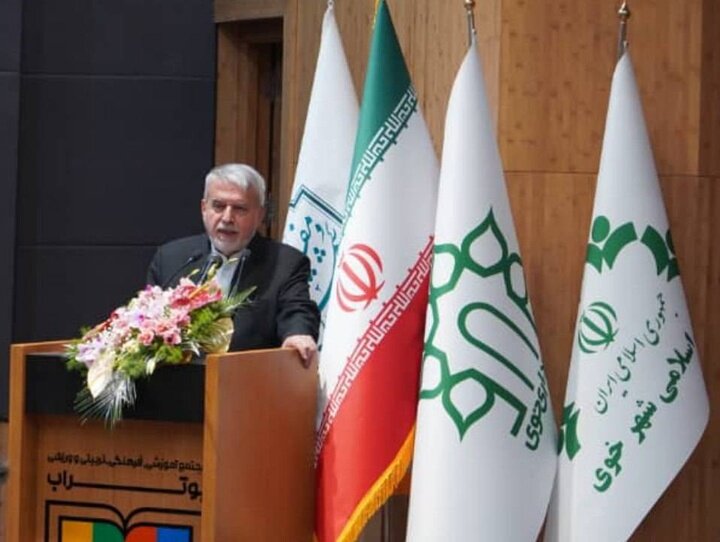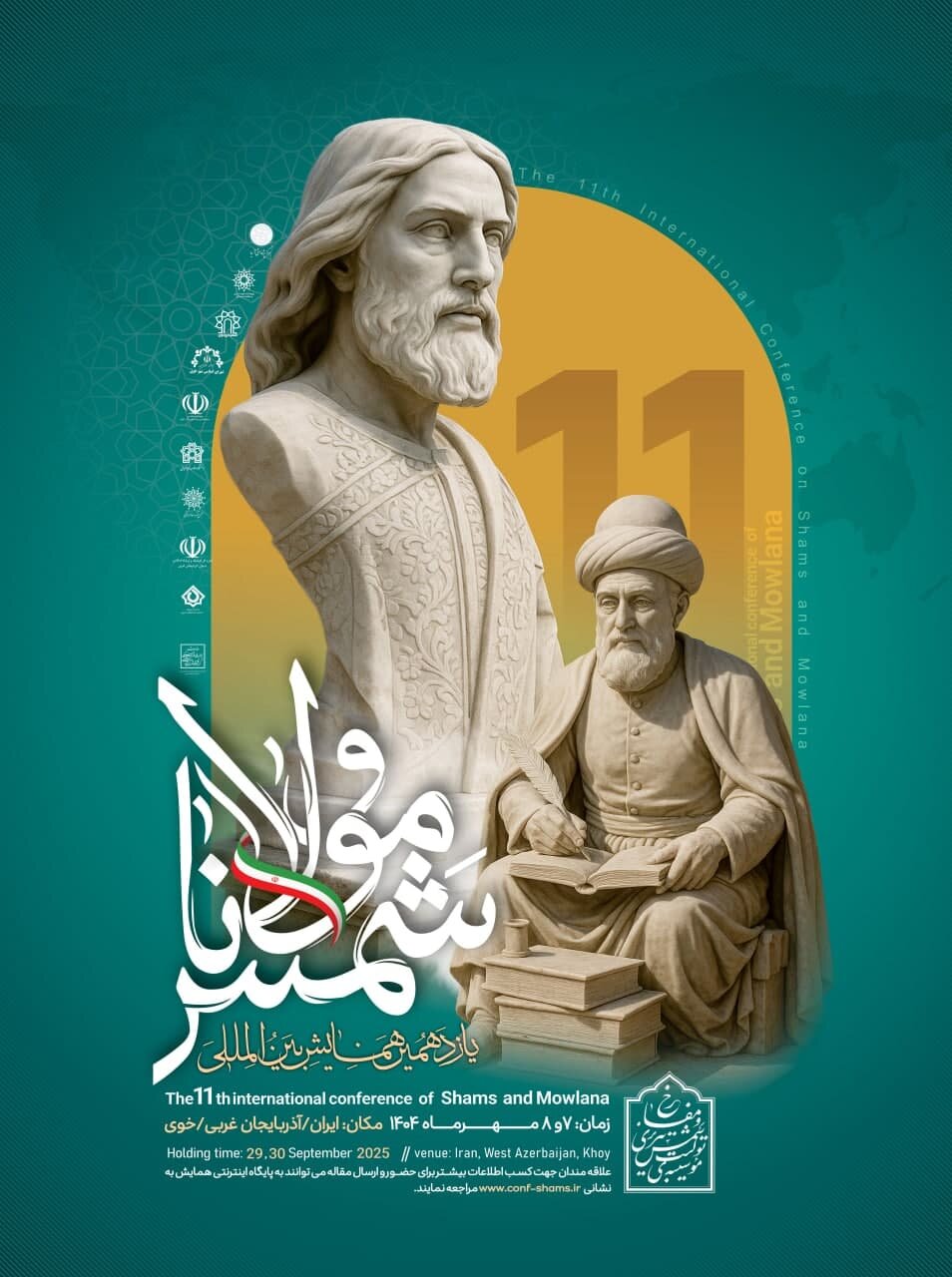West Azarbaijan has high potential to be tourism hub, minister says

TEHRAN – Iran’s cultural heritage minister said on Tuesday that West Azarbaijan province could develop into a major tourism and cultural hub, citing historic sites and its role as home to the tomb of Shams-i Tabrizi in the town of Khoy.
Reza Salehi-Amiri, minister of Cultural Heritage, Tourism and Handicrafts, told reporters during a visit to Shams’s mausoleum in Khoy that investment in the city’s cultural and tourism infrastructure would benefit the wider province.
“West Azarbaijan can become a symbol of unity and a destination for both domestic and foreign visitors,” Salehi-Amiri said.
He underlined that Khoy was one of Iran’s historically important cities and needed national-level investment to strengthen its position as a cultural and tourism center.
The minister noted that West Azarbaijan has three UNESCO-registered places and many other significant monuments, as well as a diverse religious and cultural heritage. “When we talk about this province, we are talking about a land of varied religions and cultures,” he said.
Salehi-Amiri added that expanding tourism in the region could boost the economy and local infrastructure. He said the ministry, in coordination with provincial officials, would seek to accelerate cultural projects.
The minister traveled to Khoy to attend the 11th International Conference on Rumi and Shams-i Tabrizi. Scholars from several countries gathered at the two-day event to mark Rumi Day on the Iranian calendar and to discuss the legacy of the mystics.

A poster for the 11th International Conference on Rumi and Shams-i Tabrizi.
Conference topics included the views of Shams and Rumi on peace, coexistence and dialogue, as well as the role of their philosophy in Eastern religions. Participants also examined historical accounts of Rumi’s first meeting with Shams.
Shams Tabrizi (1185–1248), whose teachings profoundly influenced Rumi, remains a central figure in Persian mystical literature. He is the namesake of Rumi’s Divan-e Shams-e Tabrizi and is traditionally believed to have spent 40 days in secluded spiritual discourse with Rumi in Konya before departing for Damascus.
According to sources, Rumi undertook one or two journeys to Syria, during one of which he met the dervish Shams. However, he was deeply influenced by Shams during their second visit to Konya on November 30, 1244. For months, the two men constantly interacted, and as a result, Rumi neglected his disciples and family, who could not tolerate the close relationship. One night in 1247, Shams disappeared forever. This experience turned Rumi into a poet. The Divan of Shams (The collected Poetry of Shams) is a true translation of his experiences into poetry.
AM
